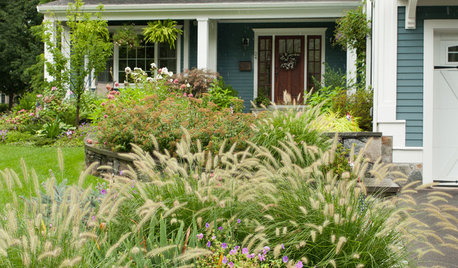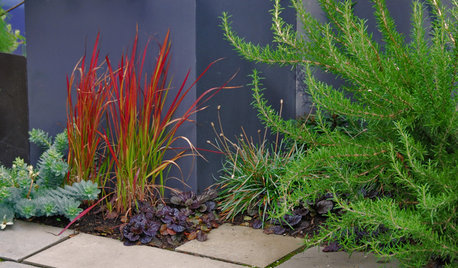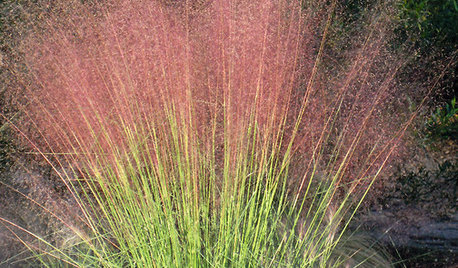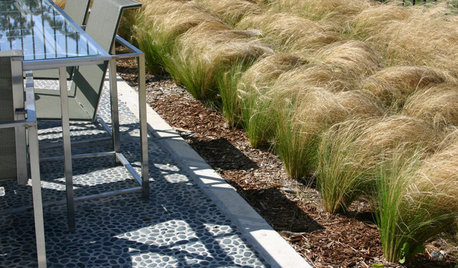Invasive Wetlands Grass
rudysmallfry
16 years ago
Related Stories

GARDENING GUIDESDo You Have This Invasive Plant in Your Yard?
Garlic mustard is spreading across the U.S. Here’s how to spot it and what to do
Full Story
INSPIRING GARDENSInside Houzz: A Waterfront Property Ditches the Grass for a Garden
New drought-tolerant plantings and outdoor gathering spaces help this California backyard take in the view without wasting space or water
Full Story
GARDENING GUIDESGreat Design Plant: Purple Needle Grass, California’s State Grass
The long-lived, drought-tolerant Stipa pulchra is as admired for its benefits as for its good looks
Full Story
LANDSCAPE DESIGNGreat Design Plant: Lively Fountain Grass Thrives Just About Anywhere
Enjoy fountain grass for its exuberant form, long-lasting color and texture for borders and more
Full Story
GRASSES10 Ways to Use Ornamental Grasses in the Landscape
These low-maintenance plants can add beauty, texture and privacy to any size garden
Full Story
RED FOLIAGEGreat Design Plant: Japanese Blood Grass
This dramatic, ruby-tinged grass bridges the gap between red and green, short and tall plants
Full Story
SUMMER GARDENINGGreat Design Plant: Pink Muhly Grass
Bring billowing clouds of pink to your yard with this heat-tolerant, sun-loving ornamental grass
Full Story
CENTRAL PLAINS NATIVE PLANTS10 Top Grasses for the Central Plains
Low-maintenance grasses provide seasonal interest and wildlife habitat, and aid good design
Full Story
PURPLE FOLIAGEGreat Design Plant: Purple Fountain Grass
Easy come, easy grow — give this low-maintenance grass pride of place in your garden
Full Story
GARDENING AND LANDSCAPINGOrnamental Grasses in the Landscape
Low-maintenance grasses add beauty and motion to the garden
Full Story






grass_guy
rudysmallfryOriginal Author
Related Professionals
East Rancho Dominguez Landscape Architects & Landscape Designers · Saint Charles Landscape Architects & Landscape Designers · Arden-Arcade Landscape Contractors · Fort Atkinson Landscape Contractors · Muttontown Landscape Contractors · Northport Landscape Contractors · Shafter Landscape Contractors · Beverly Hills Solar Energy Systems · Avon Lake General Contractors · Klahanie General Contractors · Las Cruces General Contractors · Pine Hills General Contractors · River Edge General Contractors · Villa Park General Contractors · West Whittier-Los Nietos General Contractorsdonn_
rudysmallfryOriginal Author
davidl_ny5